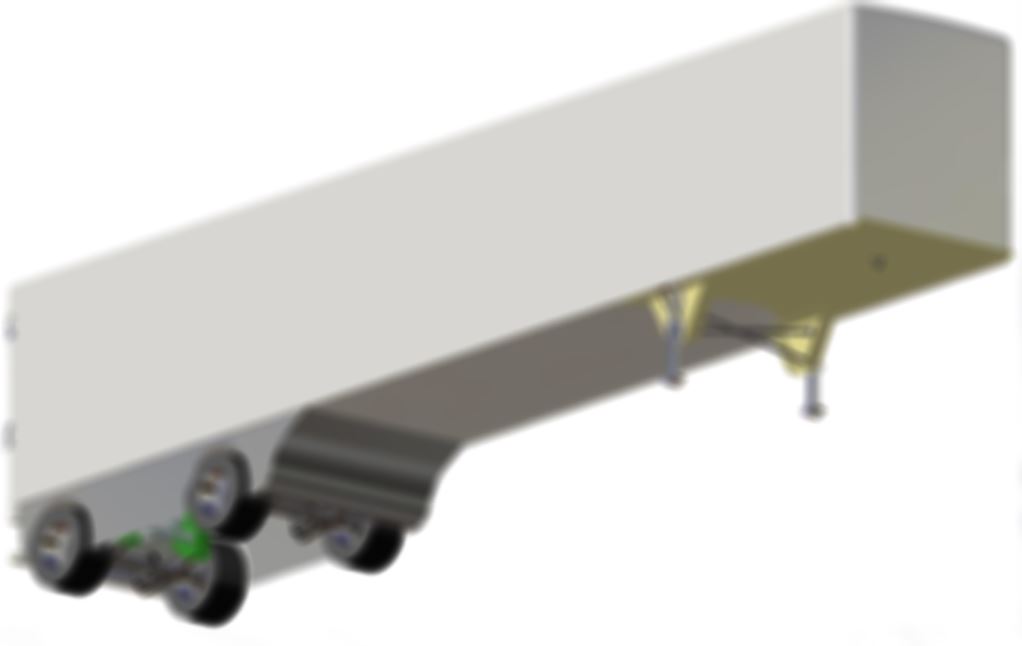Rely on thermoplastic composites to reduce carbon emissions
Looking for an expert who knows all about structural thermoplastic composites (TPCs)? At AGESIA, we develop innovative and customised TPC solutions to meet the rising demands of our customers and to protect the environment. By minimising weight and by developing fully recyclable systems, we significantly reduce the carbon footprint in the logistics chain.
What are thermoplastic composites?
Due to their unique chemical qualities, thermoplastics soften when heated and solidify when cooled. This way, they can be transformed into any shape without degradation. Their design flexibility is outstanding.
Thermosets are quite the opposite of thermoplastic composites. Their irreversible chemical connections prevent them from being softened, reshaped or recycled. Their design flexibility is limited.
Major benefits of structural thermoplastic composites
Thermoplastic composite materials are becoming more and more popular every day. Thanks to their outstanding characteristics, thermoplastic composites are the perfect substitute for thermoset composites in the transportation, aerospace, automotive and marine industry.
- cost-effective
- remarkably strong and robust
- deformable and recyclable
- light (50% lighter than steel, 30% lighter than aluminium)
- high-temperature-resistant
- fire-resistant
- corrosion-resistant
- attractively looking
- very low creep
- dry bulk food grade
- cost-effective
- remarkably strong and robust
- deformable and recyclable
- light (50% lighter than steel, 30% lighter than aluminium)
- high-temperature-resistant
- fire-resistant
- corrosion-resistant
- attractively looking
- very low creep
- dry bulk food grade

Quantitative impact of using thermoplastic composites
- Reduced material purchase by almost 50% and reduced scrap by nearly 100% (material is dispensed only when needed).
- Reduced part costs: tooling cost for specific tools is approximately 40% of the cost in comparison with thermosets.
- Reduced total cost of structures by 25% in comparison with thermoset structures.
- Reduced design-to-manufacturing cycle time by 50%.
- Serial production cost is projected to be 25% of the production cost of thermoset materials.
- Improved weight savings of over 15%.
New insights
- The maturing of thermoplastic matrix composite materials overcomes the fabrication problems of thermoset matrix materials.
- Successful development of robotic manufacturing with in-situ process feedback, standardised test data, ancillary processing equipment and automation software validates the use of automation.
Enjoy the benefits of thermoplastic composites
Looking for an innovative production technology to manufacture thermoplastic composite products and systems?
